In Cold Blood begins and ends with Truman Capote.
In Cold Blood: Book
The book and movie In Cold Blood begins and ends with Truman Capote. But let’s go back to the beginning to when Truman Persons was born in New Orleans, Louisiana, on September 30, 1924. It wasn’t until he was 11 years old that his name was changed to Truman Capote.
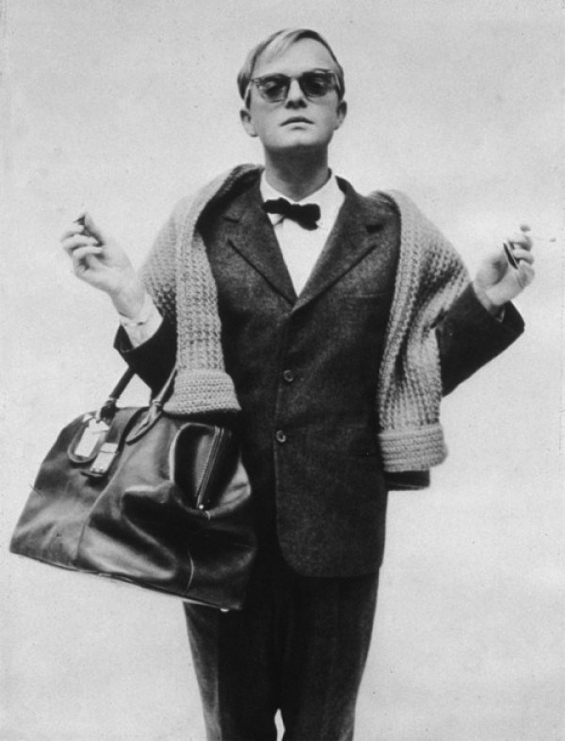
But I almost laughed out loud when I saw that Wikipedia listed his nickname as “Bulldog.”
The Truman Capote I witnessed on TV talk shows was a flamer who dressed like a butterfly and pranced around like a ballet dancer – far from a bulldog.
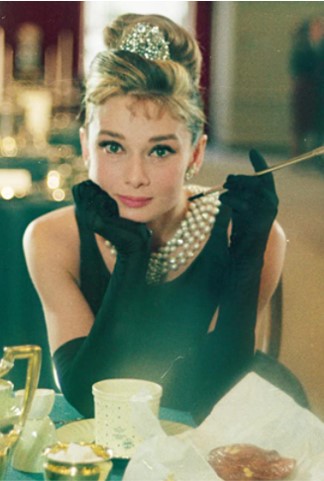
Wikipedia describes him as an American novelist, short story writer, screenwriter, playwright, and actor – which again puts a smile on my face. Because other than In Cold Blood, I’m not familiar with any of his other works.
Yes, I did see Breakfast at Tiffany’s in high school but didn’t know the movie was based on Capote’s novella of the same name – nor did I read the novella.
But In Cold Blood made a tremendous impression on me.
On November 16, 1959, The New York Times published a 300-word article about the unexplained murders of the Clutter family in rural Holcomb, Kansas. The story quoted the local sheriff like so, “This is apparently the case of a psychopathic killer.”
That article triggered Truman Capote.
I never knew it until now, but In Cold Blood originally appeared in serialized form in four parts in The New Yorker magazine beginning on September 25, 1965. Random House then bought the book rights and published the book in 1966.

But I didn’t read the book until 19 years later. By then, I was thinking about becoming a crime writer and In Cold Blood was an extraordinary guidebook.
I read it so many times, the cover’s gone and the book is dog-eared.
But I still have it.

In Cold Blood is the second-biggest selling true crime in publishing history. It’s topped only by Vincent Bugliosi’s Helter Skelter about Charles Manson and his Family.
By the way, I still have my copy of Helter Skelter as well.
Capote overcame a childhood marked by divorce, long absences from his mother, and multiple changes of address.
Truman’s parents divorced in 1928 right before the beginning of the Great Depression. He got shipped off to live with an aunt in Monroeville, Alabama. He was four years old, and he moved in next door to Nelle Harper Lee.
They became friends and bonded because they both loved to read. And even though she was two years younger, she became his bodyguard. He was a tiny, overly sensitive boy and the neighborhood bullies liked to pick on him. So she stuck up for him.
When he was eight, they started to collaborate on writing stories. Harper Lee’s father, a well-to-do lawyer, bought them a typewriter to help them out.
They remained friends even after his mother reclaimed him and moved him to live with her in New York City. He skipped college to take a job at The New Yorker magazine and published several articles that caught the eyes of publishers.
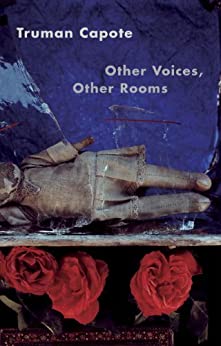
I never heard of it, but his first book was published in 1948 – Other Voices, Other Rooms.
The book’s main character was based on himself and the tomboy character was based on his pal Nelle Harper Lee.

His success convinced her to move to New York City, where she began working on To Kill a Mockingbird.
That eventual best-seller was based on her childhood in Alabama, and she based the character of Dill Harris on her buddy Truman.
After reading the piece about the Clutter murders in The New York Times, Capote convinced his editors at The New Yorker to run an investigative piece on the murder of the Clutter family. To make it shine, he needed help.
The timing was perfect for Nelle Harper Lee because she’d just submitted the manuscript for To Kill a Mockingbird to her publisher J.B. Lippincott & Co. So she had money in the bank and time on her hands. Plus she’d always been fascinated by crime cases. So much so, she studied criminal law before dropping out of school to move to New York.
Capote hired her and off they went to Holcomb, Kansas.
She was a perfect fit because her comforting Southern style overpowered Capote’s flamboyant personality with the locals. They performed research during the day, then went back to a small motel outside of town at night to compare notes.
The research lasted, off and on, for four years. During that time Capote and Lee compiled 8,000 pages of notes. To me, that’s super impressive because they didn’t have computers to edit their notes, file them, and store their work.
Capote and Lee developed relationships with almost everyone who lived in Holcomb and Garden City. In such a small-town environment, everyone seemed to know almost everything about everything that happened.
And once Harper Lee helped gain the locals’ confidence, information was forthcoming – including information from the investigators working on the case all the way up to Alvin Dewey and his wife.
She and Harper Lee spent a lot of time together, became friends, and Lee made sure the producers of the movie paid her a $10,000 consulting fee.
But the key to putting In Cold Blood over the top was Capote’s skill in contacting Dick Hickock and Perry Smith, gaining their confidence, and spending countless hours visiting them in Leavenworth Prison to extract the details.

In all, it took six years from start to finish. Literary critics praised it as a pioneering work in the true crime genre and it’s often called an original non-fiction novel. The book has a small number of detractors, but I am not one.
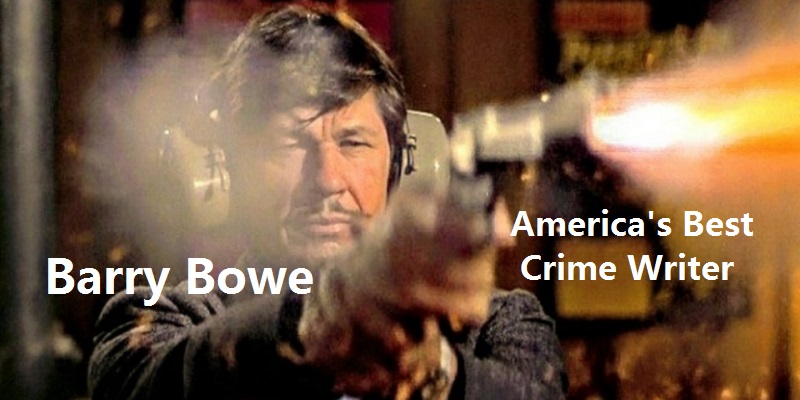
I’m America’s Best Crime Writer
and I approve this message.
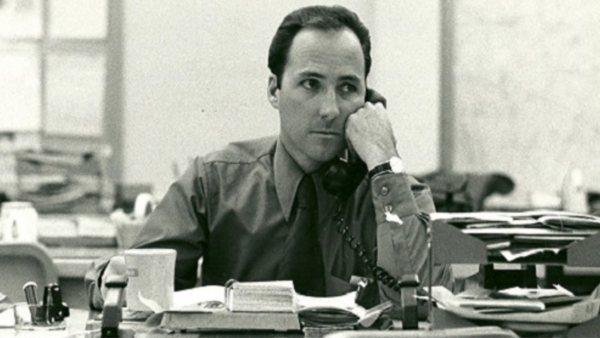
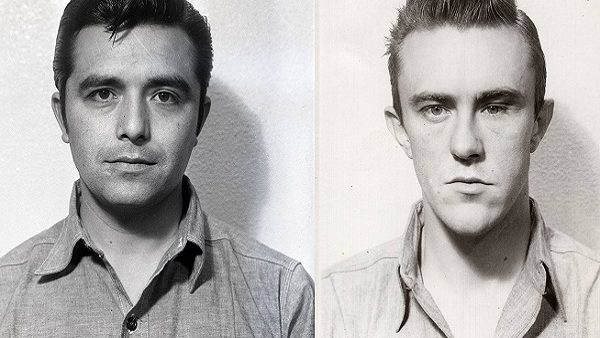
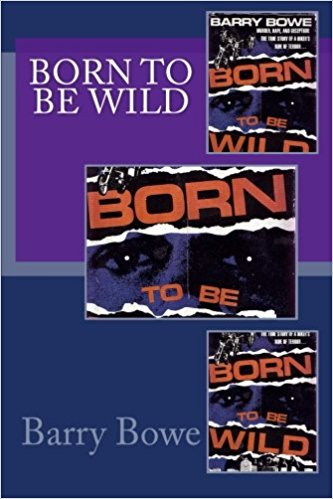

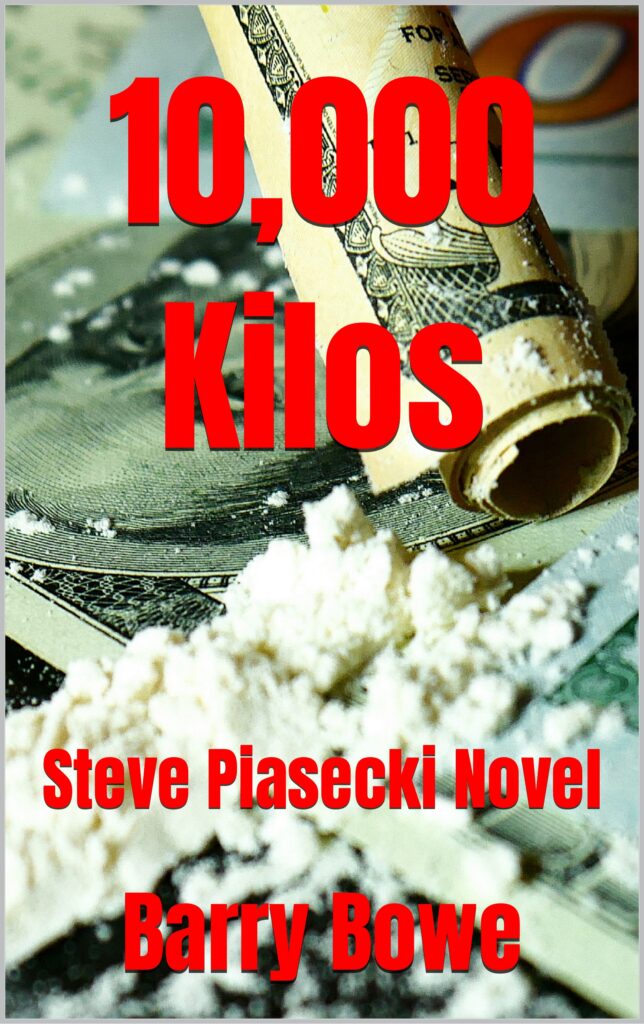

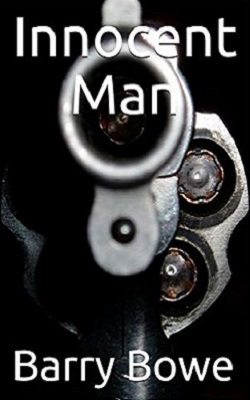
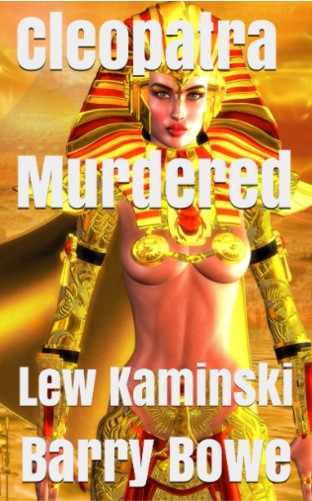
Comments
Comments Off on In Cold Blood: Book